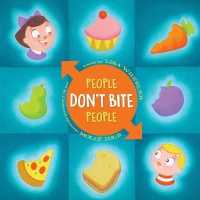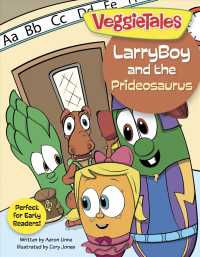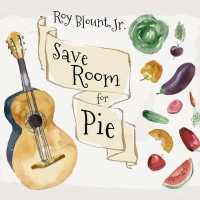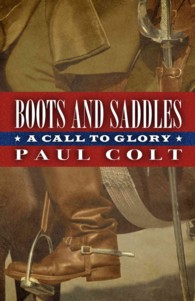- ホーム
- > 洋書
- > 英文書
- > Business / Economics
Full Description
This set of multi-reference works is meant to be read together as the five volumes interlace one another like the laces of a shoe in the famous painting by Vincent van Gogh. The question of who will wear the shoes is long debated in art history and philosophy. If we take these five volumes from different points of view on the theory and practice of business storytelling then we have a crisscrossing, a new and impressive dialogue for the reader. This set is presented as a new way to lace up the laces of business storytelling.Volume 1 aims to help and inspire leaders, business owners, and researchers in creating a commitment to ethical and sustainable changes and ideas, and live in a world of high complexity without getting stressed but experiencing freedom instead.The book combines tools, case studies, and theories about the ethical change-management method of True Storytelling and other perspectives and views on ethics and storytelling. It delves into important topics such as true storytelling sustainability and freedom, storytelling and start-ups in the health industry, storytelling and diversity and culture, storytelling and teams, storytelling, sustainability and the UN Goals, storytelling and well-being, storytelling in higher education, and storytelling and fundraising.Book authors are experienced and successful researchers, business owners, leaders, and consultants from Scandinavia, the USA, Africa, and Europe.Volume 2 is an endeavor into the creation of new concepts for engaging with sustainability. It maintains that storytelling is important for our emplacement in nature and can be important for enacting another relationship between nature and the cultural artifice — our social and material constructions of houses, cities, villages, harbors, streets, and railways, and our use of objects and artifacts to construct our lives.Business storytelling communication is that space for social symbolic work that brings the symbolic objects of the organization, the human, and the natural environment into a dialogical relationship. Volume 3 posits that organizations are arranged as social symbols that are arranged in institutions based on the needs of organics, for example health, food, shelter, mating, leisure, and labor. Organics, as a social symbolic object, specifically humans, have emotions, language, and culture to organize their institutions and organizations. In this book, readers will find that many of the authors attempt to understand the body's exclusion or attempt to bring the body back into the organization. Business storytelling communication takes aim at the social symbolic work of making space to negotiate the social arrangement of organizations with its organic components.Volume 4 covers a variety of methodological topics from a storytelling perspective. Why a storytelling perspective? Consider that a common business research goal is to convince others that what the researcher has to say matters. If the researcher is a basic researcher who wishes to promote a theory, the goal is to make a convincing case for the value of that theory. If the researcher is an applied researcher who wishes to promote a particular application, intervention, or policy change, the goal is likewise to make a convincing case. Either way, the researcher has a story to tell, and the onus is on the researcher to tell the best possible story; storytelling failures likely will result in a failure to convince others of the value of one's theory or application.Here is where methodological issues come into play. Poor methodology, whether in the form of less-than-optimal study designs or invalid statistical analyses, harms story quality. In contrast, high-quality methods and statistics enhance story quality. Moreover, the larger one's methodological and statistical toolbox, the greater the opportunities for researchers to tell effective stories. The chapters in this book come from a wide variety of perspectives and should enhance researchers' storytelling in the following ways. By opening many different methodological and statistical perspectives, researchers should be more able to think of research stories that otherwise would remain unavailable or inaccessible. Secondly, the present chapters should aid researchers in better executing their research stories. Therefore, researchers and graduate students will find this book an invaluable resource.Volume 5 opens a window into the world of quantum storytelling as an organizational research methodology, providing numerous exemplars of work in this storytelling science that has disrupted qualitative inquiry only with the intention of providing expanded, improved, and generative ways of understanding and knowing the narratives that emerge from qualitative interviews and observations during organizational research studies.








